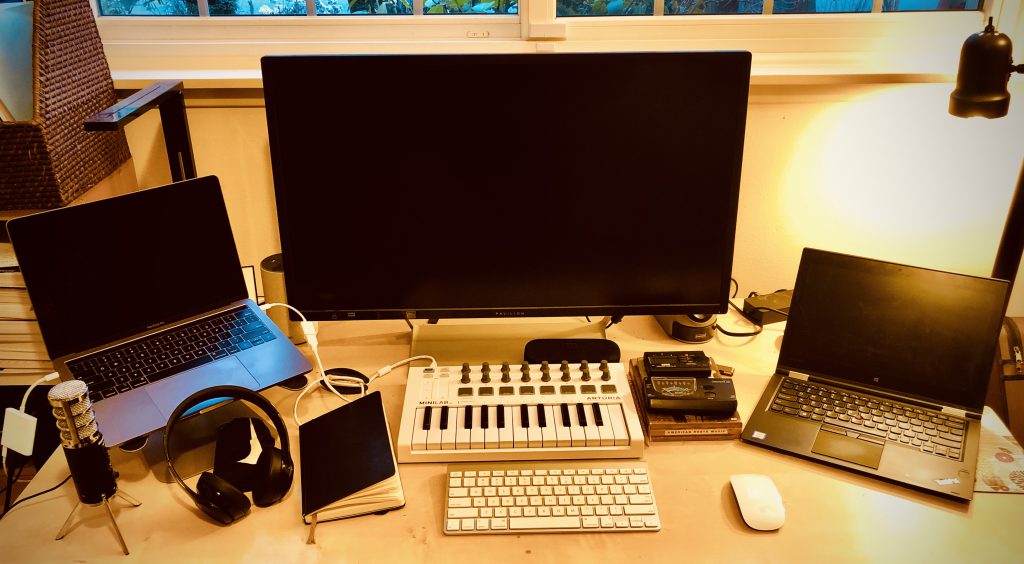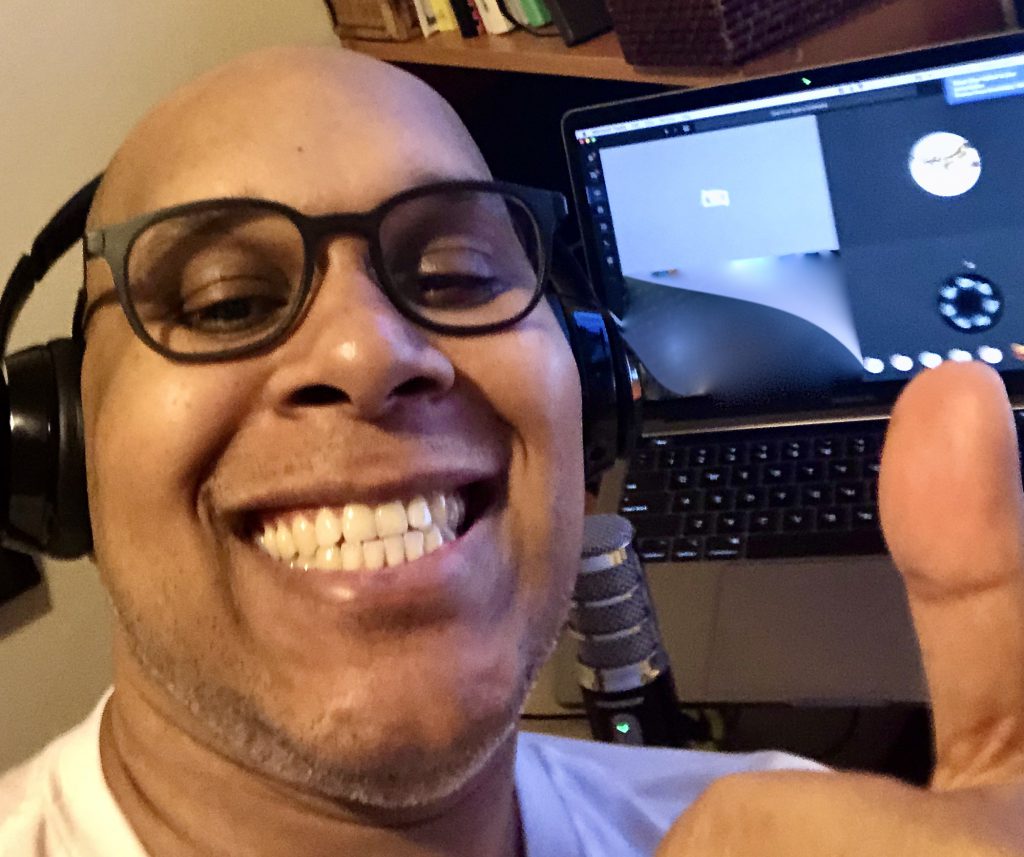Among the goals I have as an educator is helping people around me feel a sense of safety and belonging. At EPS, the opportunities to build community happen on and off campus. The most visible opportunity happens as Director of the Chamber Music Ensemble during concerts and assemblies. At these events, other students, faculty, staff members, parents, and guardians enjoy the work done with students. The additional work I do is in Equity & Inclusion, where the opportunity to implement EICL programming lands in both the public-facing community and, at times helping in ways that are not as visible within the fabric of the school.
The following indicators help categorize the evidence for my work:
- Acts as a strong and positive ambassador for EPS
- Attends school events and student performances (i.e. arts, athletics, social)
- Participates visibly in the daily life of the school
- Recognizes and supports diversity in all its forms
(1) Acts as a strong and positive ambassador for EPS
The video reflection below will cover my thinking about the Venn diagram that is my daily life at EPS, both as a music educator and EICL Co-Coordinator, with EPS’s Directory of Enrollment Management, Cheryl Schenk Miller. Our discussion covers the ways in which we developed cohesive messaging for folks touring the school and for admission events held during several meetings in the fall term.
(2) attends school events and student performances
When TALI opened, it was not unusual for Cheryl to stop outside my classroom with a group of people while touring the campus. Often I would meet the group outside the school and give them a quick overview of what was happening in the room and how it related to a more important topic. To Cheryl’s credit, once we established a pattern, I would update her on where we were in our process before performances or end-of-term projects. She would then have the info I would relate to visiting parents; then, I could come in and give a more detailed description with specific interdisciplinary points supporting our consistent messaging. This felt like a feature and a highlight for us for a while. I learned to be more concise with my details, and Cheryl gave a broader overview and connection to the rest of the school.
(2) Attends school events and student performances (i.e. arts, athletics, social)
Often I am seen at school events as part of a class performance. When those events happen, I am usually behind the scene helping other teachers manage student movements and preparation for performance. However, sometimes I get the opportunity to be part of the audience for school events. The following photos are from our Prince, Pizza & Finals Prep performance in which I was both a participant and an audience member taking it all in.
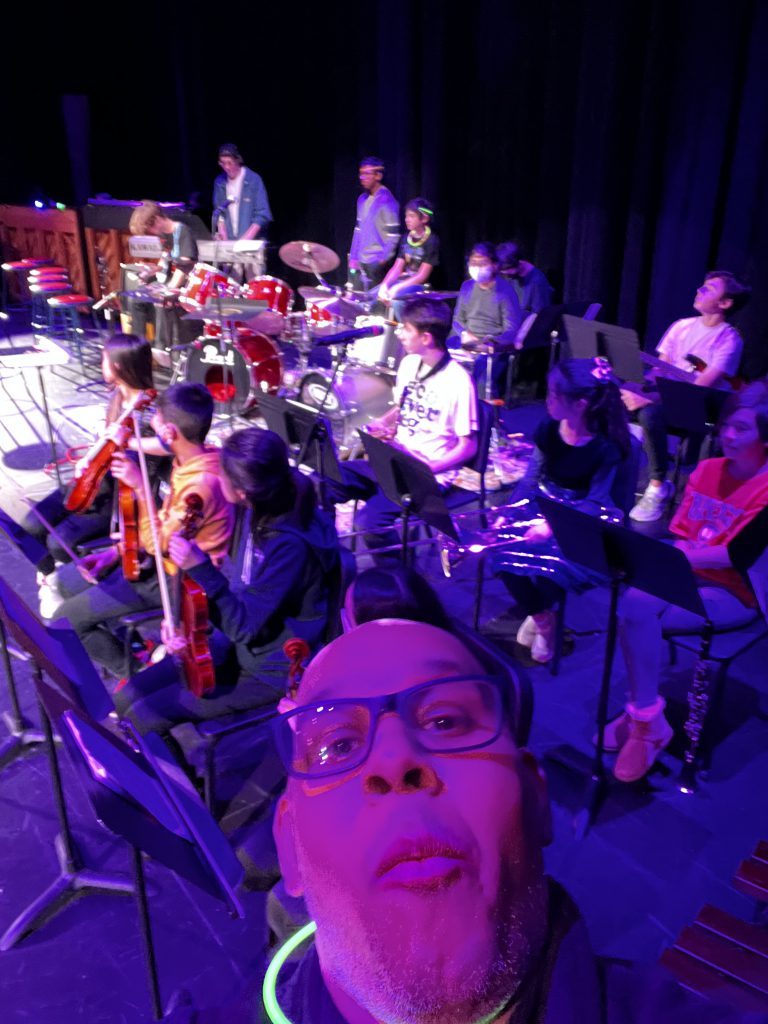
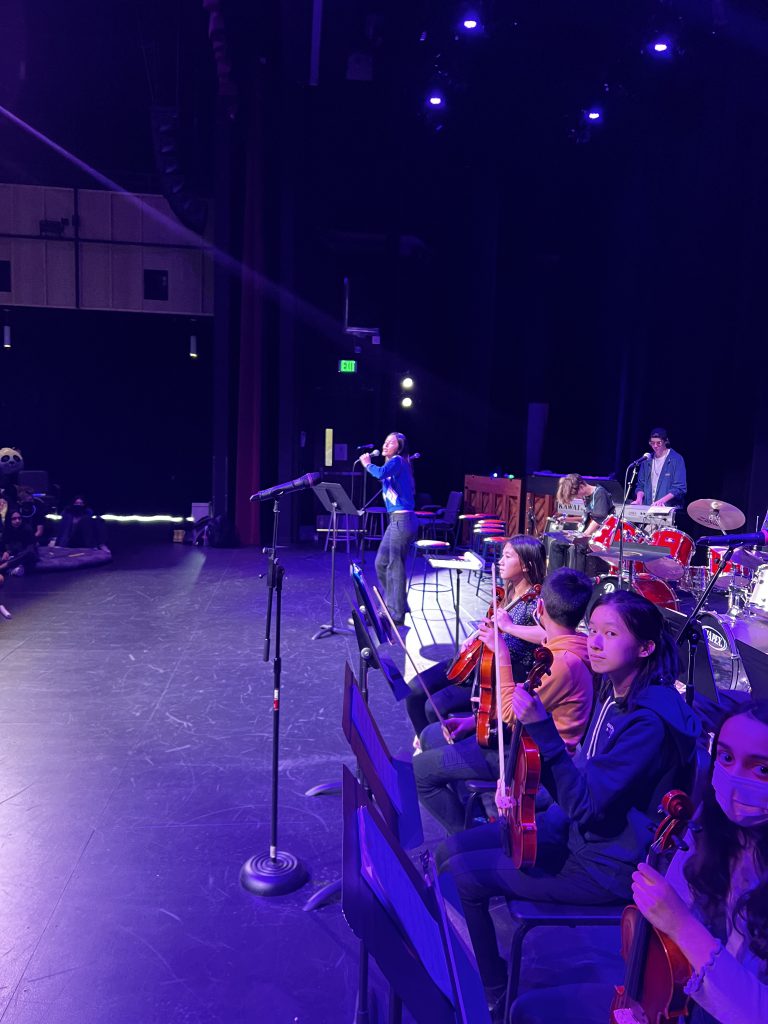
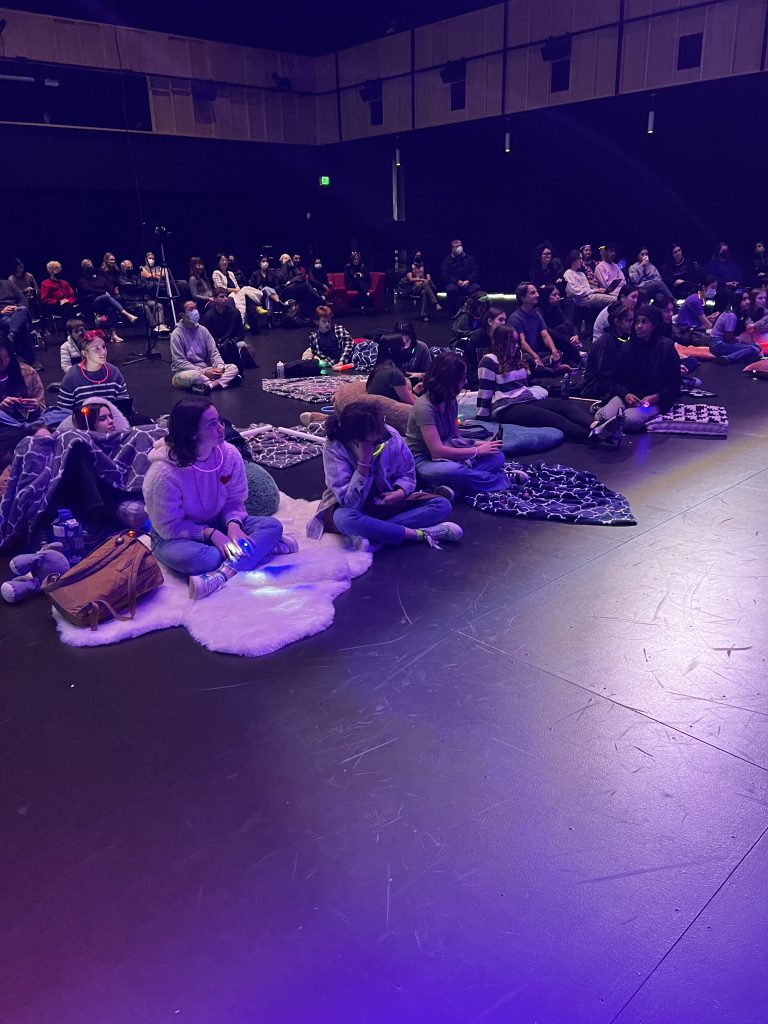
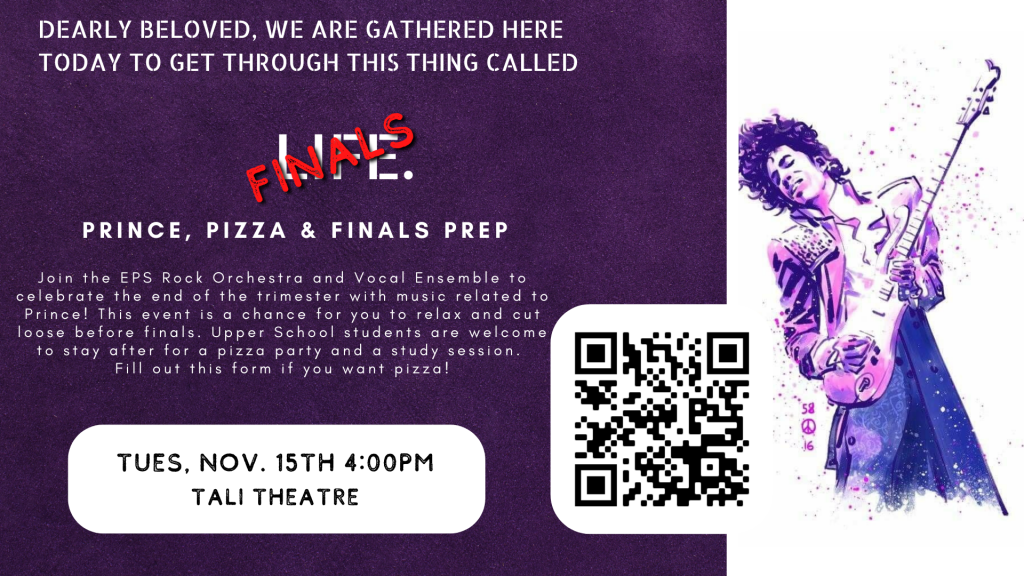
There are other events for which I find myself attending and even enjoying myself enough to capture. The images below are casual events and events as part of the daily life on campus. The picture on the left is from August 21, 2017, which was my first week as a member of the EPS adult community. The faculty and staff on campus took a moment to observe the total solar eclipse which spanned the entire United States that year. The picture on the right shows me fixing my bowtie in preparation for one of the upper school’s fall social events.
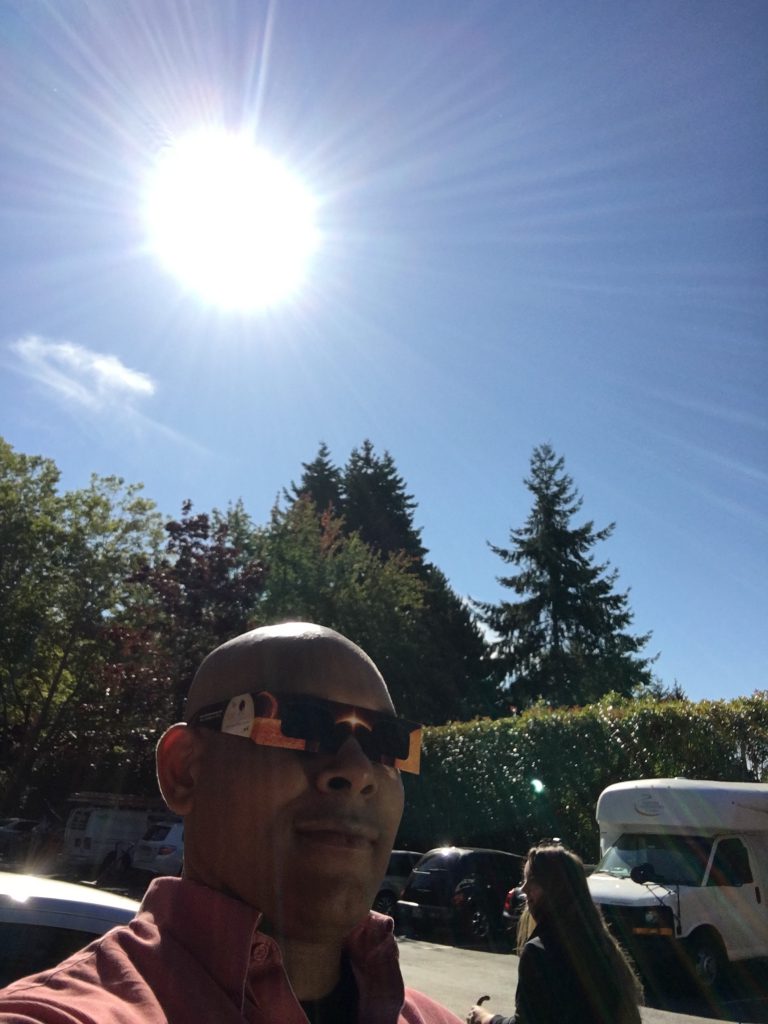
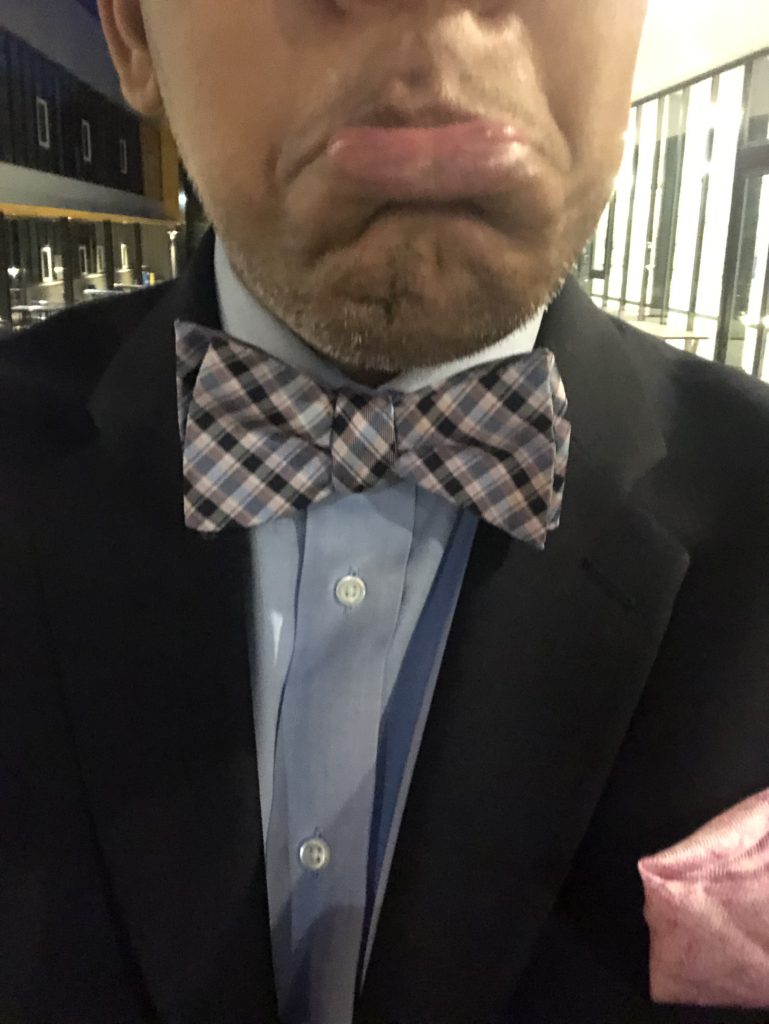
The following two pictures are part of the faculty and staff celebration of Halloween 2018. Burton Barrager and I tasked ourselves with being members of Dr. Teeth and the Electric Mayhem, the house band on The Muppet Show, and Lisa Frystak as the Swedish Chef. See below for visual details and laughs.
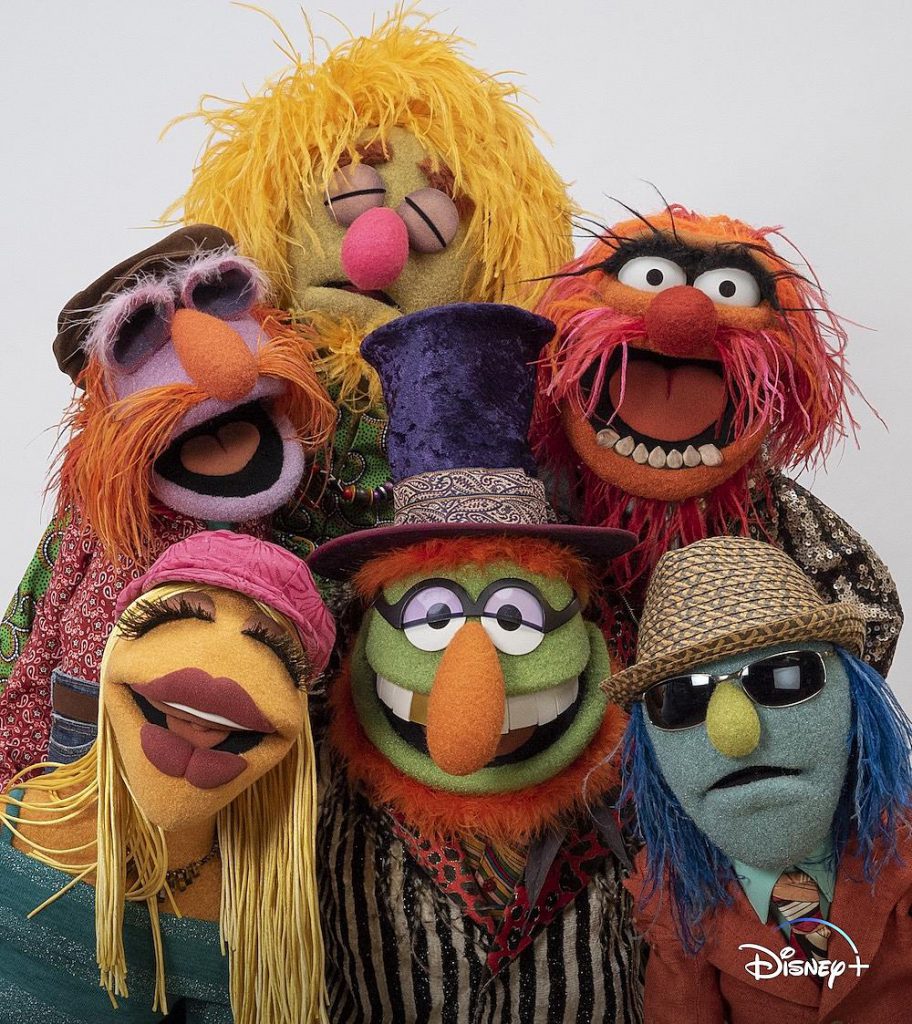
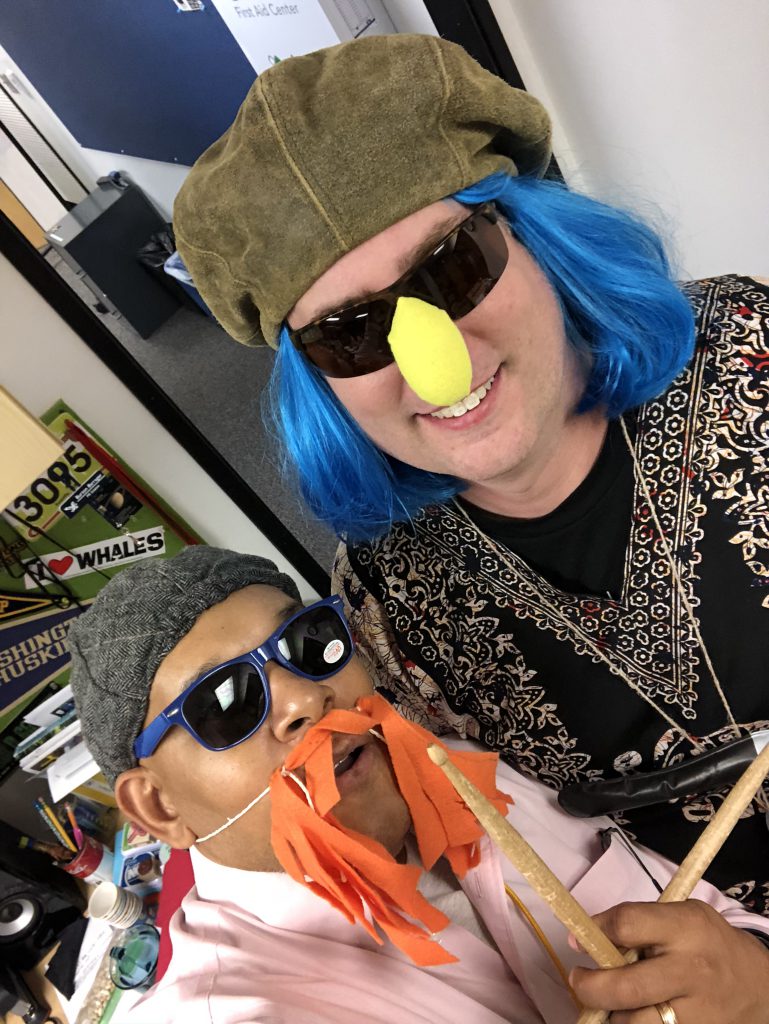
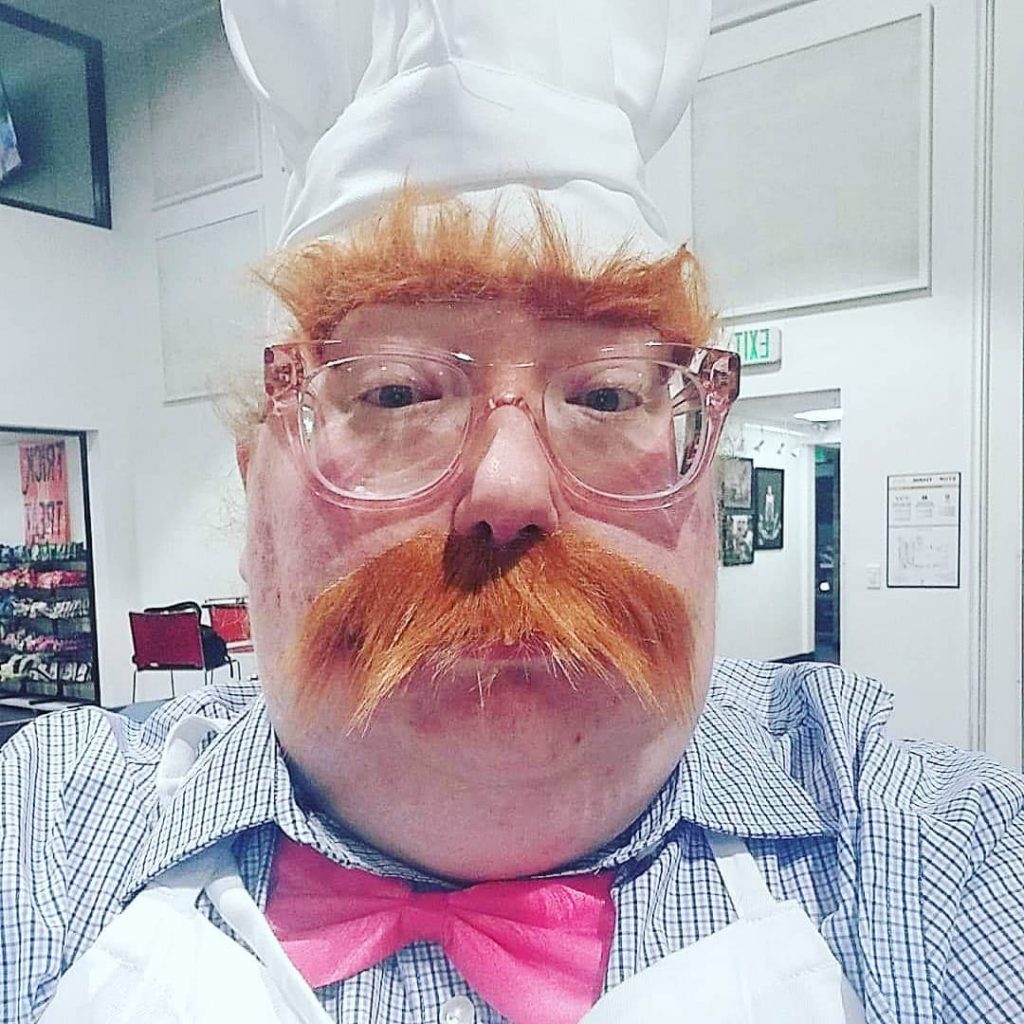
(3) Participates visibly in the daily life of the school
It was clear that different community members viewed my presence on campus differently. My glimpse into this perspective happened soon after my tenure at EPS when a student said, “It’s nice to have a male teacher of color who teaches classes daily.” I remember replying, “Well, someone’s got to be the Jackie Robinson of this place!”. I still remember my comment then; it felt like I should say something funny to deflect my discomfort. However, moments later, I realized the gravity of my words and the damage I might have done at that moment.
However, it wasn’t until after I attended the People of Color Conference (PoCC) in 2018, the following school year, that I understood what that meant to some students. Students who were not in any of my classes shared with me that it was meaningful to them that I was on campus and visible to the community. Somehow, showing up to work every day seemed like an act of resistance against a system that may have prevented me from participating in it some 50 years ago; now, that same system needs folks with my life experience to help the very institution I work at.


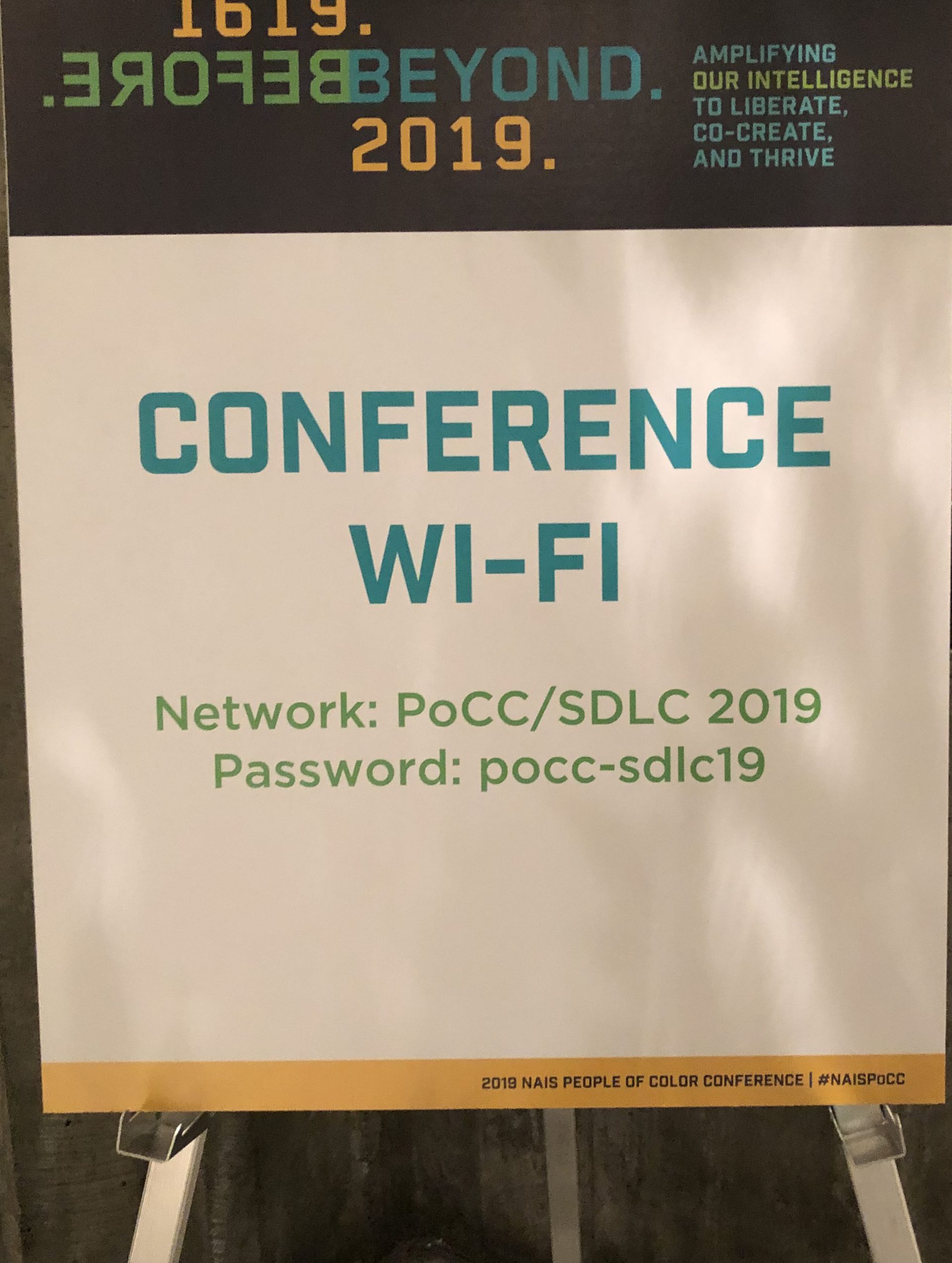

(4) recognizes and supports diversity in all its forms
Although community membership and support look different for me in my roles as a music teacher and EICL Co-Coordinator, I aim to have these roles work together to aid me in both domains. Simply put, I can’t imagine teaching in the arts without considering equity as part of my practice as a music instructor or orchestra director. Having both as part of my professional identity, tied in this way to my work serving and representing EPS as EICL Co-Coordinator alongside Bess McKinney, aids my thinking about what diversity means on and off campus. Whether it is participating in admissions events as both EICl Co-Coordinator and Music Teacher or writing on behalf of the school for either the school magazine “Insight” about Identity & Belonging or what is shown in the “Meet The Team” portion of our EICL website, the work continues to help me personally and professionally.
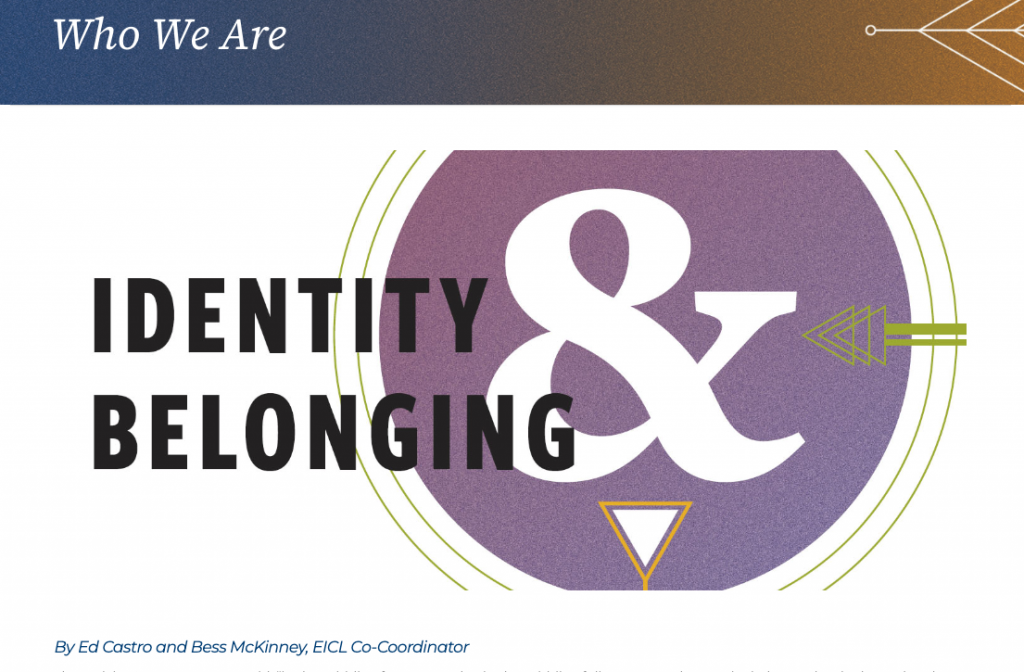
Whether it is participating in admissions events as both EICl Co-Coordinator and Music Teacher or writing on behalf of the school for either the school magazine “Insight” about Identity & Belonging or what is shown in the “Meet The Team” portion of our EICL website, the work continues to help me personally and professionally.
In support of diversity in all its forms, I would also like to offer evidence not mentioned in the video supporting relational cultivation. I used a blog to help represent some of the trial-and-error learning I did during the first part of our time learning in virtual classrooms. I utilized my blog with daily posts to help other music teachers try to figure out how to teach a performing arts class when not sitting and occupying the same space.
For more info about random music, things, and thoughts, go to Ed Castro’s Blog to learn more about how I managed the first 15 classes of remote/virtual orchestra and band.

